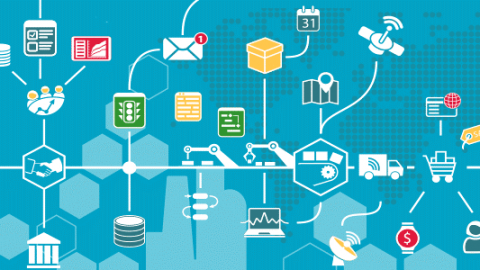
Besides intelligent maintenance & asset management, IoT is also an effective tool to perform remote monitoring of autonomous production or “Lights Out” production.
Basically, the Internet of Things provides an in-depth connection for devices, systems and services, which is far more efficient than machine-to-machine (M2M) transmission, while also supporting various forms of communication. protocols, domains, and applications. Through these advantages, the potential for IoT to support remote factory management is immense.
Another futuristic application of IoT and industry 4.0 promises to provide fantastic productivity gains through remote management of the plant. The benefits of this IoT marks a breakthrough but requires a huge investment in Manufacturing Execution Systems (MES) fed by data and manned by tech-savvy operators.
If discrete manufacturers can reliably produce products 24/7, similar to the way some process manufacturers work, they could conceivably produce more goods with fewer people. For most manufacturers, this will require significant investment in things like predictive maintenance, condition-based monitoring as well as robots and co-bots run by software or as a part of a highly automated cell.
With this set-up, so-called “tombstones” or pedestal-based manufacturing allow robots to handle complex part manufacturing and assembly without the loading, unloading, and re-tooling typically requiring operator intervention. To reduce or eliminate the need for human workers, a highly automated factory requires IoT sensors, smart asset management, programming skills, and new equipment, but the productivity gains and lowered costs will be significant.
To see an example of Lights Out in action, check out the Lego Factory. Even there though, workers are required to manage and maintain robots, write software, and conduct some quality checks. Still, what they were able to do in ’08 can give you an idea of what can be done in 2018.
Other Use Cases of IoT in Manufacturing
Here are a few other use cases we might dive into a bit later in another blog:
In order for manufacturers to maintain their products 24/7, the application of high-tech machinery is not to be missed, because most errors and defects are caused by people. This will require significant investment in processes such as predictive maintenance, condition-based monitoring; Automated Robots and Collaborative Robots, etc. All need to be operated by a software integrated in a consistent system to achieve the highest efficiency.
Source: Sensrtrx